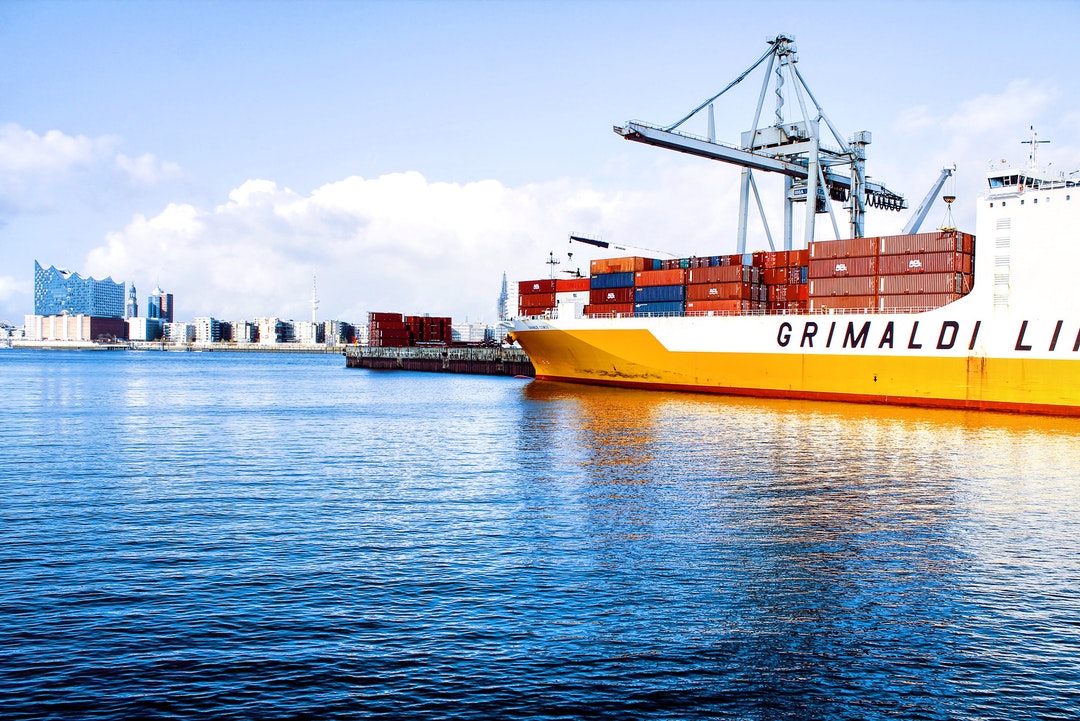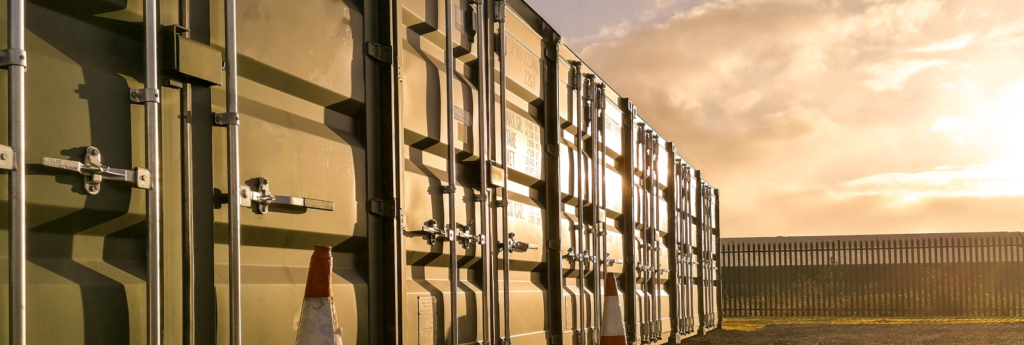
Understanding Different Shipping Container Sizes and Their Applications
The shipping container: a simple, rectangular steel box, but one that has revolutionized global trade in ways unimaginable before its invention. For a wide array of applications—from shipping goods across continents to building pop-up stores and even residential homes—shipping containers offer versatile solutions that are both economical and efficient.
At KwoteAdvisor.com, we specialize in connecting businesses with reliable shipping container suppliers, tailoring the best solutions for your specific needs. One question we often get asked is, “What size shipping container should I get?” The answer depends on what you plan to use it for. Here’s a guide to help you understand different shipping container sizes and their potential applications.
Standard Sizes: 20-Foot and 40-Foot Containers
20-Foot Containers
- Dimensions: Approximately 20 feet long, 8 feet wide, and 8.5 feet high
- Interior Volume: Around 1,170 cubic feet
- Payload Capacity: 48,000 lbs (approx.)
Uses:
- General Storage: Ideal for storing equipment, inventory, or personal items.
- International Shipping: One of the most commonly used sizes for overseas shipping.
- Conversion Projects: Small-scale offices, pop-up shops, or personal spaces can be created.

40-Foot Containers
- Dimensions: Approximately 40 feet long, 8 feet wide, and 8.5 feet high
- Interior Volume: Around 2,390 cubic feet
- Payload Capacity: 59,000 lbs (approx.)
Uses:
- Large Scale Storage: Suitable for storing bulky items or a large amount of goods.
- Overseas Shipping: Another popular choice for international shipping, especially for businesses.
- Conversion Projects: Used for larger structures like full-scale homes, cafes, and workshops.
Specialized Sizes
10-Foot Containers
- Dimensions: 10 feet long, 8 feet wide, and 8.5 feet high
- Interior Volume: Around 563 cubic feet
- Payload Capacity: 22,000 lbs (approx.)
Uses:
- Small-Scale Storage: Great for personal use or for businesses with limited space.
- Specialized Shipping: Ideal for transporting small, high-value items.
- Portable Offices: Can be converted into field offices or ticket counters.
High-Cube Containers
These are similar to standard 20-foot and 40-foot containers but offer an extra foot of height, making them 9.5 feet tall.
Uses:
- Tall Item Storage: Useful for storing items like furniture that require more vertical space.
- Construction Sites: High-cube containers can be transformed into on-site offices that allow standing room.
- Art Installations: These containers offer extra height, which is advantageous for art displays or performance spaces.
Refrigerated Containers
These containers are available in 20-foot and 40-foot sizes but are equipped with refrigeration units.
Uses:
- Cold Storage: Ideal for transporting or storing perishable goods like food and pharmaceuticals.
- Chemical Storage: Certain chemicals require low temperatures, and refrigerated containers can be the answer.

Custom Sizes
Some vendors offer custom-sized containers to meet unique requirements.
Uses:
- Unique Storage Requirements: For items that don’t fit in standard containers.
- Special Projects: Custom sizes can cater to specialized conversion projects like a boutique hotel or exhibition space.
Shipping containers are available in a myriad of sizes and types, each serving a unique set of needs. Whether you’re looking to store goods, transport them, or even embark on an architectural venture, the first step is choosing the right container size. At KwoteAdvisor.com, we can guide you through this essential step, connecting you with trusted suppliers for your specific requirements.
The Cost Factors Associated with Shipping Containers
The versatility and durability of shipping containers make them incredibly useful for a wide range of applications. However, another important consideration that businesses and individuals often have is the cost. Understanding the different factors that influence the cost of a shipping container can help you make an informed decision for your specific needs.
Factors Influencing Cost
Size of the Container
Unsurprisingly, the larger the container, the higher the cost. A standard 20-foot container is generally less expensive than its 40-foot counterpart. Specialized sizes or custom containers will also come at a premium.
Condition of the Container
- New or “One-Trip” Containers: These containers have been used only once and are in excellent condition. They are the most expensive option.
- Used Containers: Containers that have seen some years in service can be considerably cheaper but may require maintenance.
- Refurbished Containers: These are used containers that have been restored to good condition. They sit between new and used containers in terms of cost.
Special Features
Containers with specialized features like refrigeration units or high-cube dimensions usually come at a higher cost. These are specially designed for specific applications and hence, command a premium price.
Location and Delivery
The cost of transporting the container to your location is another important factor. The closer the vendor, the lower the delivery costs, generally speaking.

General Cost Estimates
Standard Containers
- 20-Foot Containers: Prices can range from $2,000 to $5,000 depending on the condition and any special features.
- 40-Foot Containers: These typically start at around $3,000 and can go up to $7,000 or more.
Specialized Containers
- 10-Foot Containers: Being less common, they can range from $2,500 to $4,000.
- High-Cube Containers: Add an additional 10-15% on top of the standard container prices.
- Refrigerated Containers: These can be quite expensive, ranging from $8,000 to $12,000 for a 20-foot container and upwards of $18,000 for a 40-foot container.
Custom Containers
Costs can vary widely depending on the specifications. Always get a quote specific to your requirements.
Rental Options
For short-term needs, renting might be a viable option. Rental costs can vary, but you may expect to pay:
- 20-Foot Containers: Around $75 to $200 per month
- 40-Foot Containers: Around $100 to $300 per month
Conclusion
The cost of a shipping container is influenced by a multitude of factors including size, condition, special features, and logistics. By understanding these variables, you can make a more informed decision that aligns with both your needs and budget.
At KwoteAdvisor.com, we specialize in connecting you with the right suppliers who can provide a container that fits your specific requirements at competitive prices. Reach out today to get tailored quotes and expert advice on your shipping container needs!


